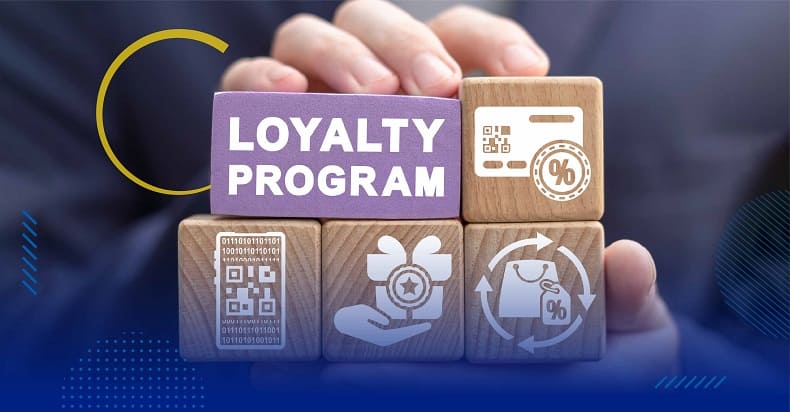
In today's competitive banking landscape, where traditional institutions and digital banks vie for market share, the power of loyalty programs has emerged as a crucial differentiator.
As customers increasingly seek value, convenience, and personalized experiences in their banking relationships, loyalty programs have become instrumental in attracting and retaining their loyalty.
Let’s dive into the transformative potential of loyalty programs in this industry and explore how they can effectively win both hearts and wallets amidst the stronghold of solid traditional banks.
Understanding the Importance of Loyalty Programs
To comprehend the significance of loyalty programs in digital banking, it's essential to first acknowledge the challenges faced by customers in traditional banking settings.
- Traditional banks often struggle to provide compelling incentives, leaving customers feeling underappreciated and undervalued.
- Moreover, the lack of personalized experiences and limited rewards further exacerbate the disconnect between banks and their customers.
In contrast, digital banks have seized the opportunity to address these pain points by introducing innovative loyalty programs.
By offering enticing rewards, personalized perks, and seamless user experiences, digital banks are reshaping the banking landscape and setting new standards for customer engagement and loyalty.
Designing Effective Loyalty Programs
Designing effective loyalty programs requires careful consideration of various factors, including rewards structure, redemption options, and user experience.
Digital banks must craft programs that resonate with their target audience and align with their brand values. Additionally, designing programs that are easy to understand and participate in is crucial for driving engagement and retention.
By incorporating elements of gamification, personalization, and exclusivity, digital banks can create loyalty programs that not only incentivize desired behaviors but also foster emotional connections with customers.
Through strategic design and execution, loyalty programs can become powerful tools for digital banks to attract and retain customers in an increasingly competitive banking landscape.
Leveraging Data and Technology
In the digital age, data and technology play a pivotal role in optimizing loyalty programs for digital banks. By harnessing the abundance of customer data at their disposal, digital banks can gain valuable insights into customer preferences, behaviors, and needs.
This data-driven approach enables digital banks to personalize offers, tailor rewards, and target promotions more effectively, enhancing the overall effectiveness of their loyalty programs.
Additionally, advancements in technology, such as artificial intelligence and machine learning, empower digital banks to deliver real-time recommendations, predictive insights, and seamless experiences to customers.
By leveraging data and technology, digital banks can create more engaging and rewarding loyalty programs that drive long-term customer loyalty and satisfaction.
Engaging Customers and Building Loyalty
Engaging customers throughout their journey is essential for building lasting loyalty in digital banking. Digital banks must go beyond transactional interactions and focus on creating meaningful and memorable experiences that resonate with customers on an emotional level.
This requires building trust, fostering transparency, and demonstrating genuine care for customers' financial well-being.
Moreover, digital banks can leverage various channels, such as social media, email marketing, and community events, to engage customers and build a sense of belonging.
By fostering strong relationships and emotional connections, digital banks can cultivate loyal advocates who will not only continue to bank with them but also recommend their services to others, driving organic growth and success.
Measuring Success and Driving Growth
Measuring the success of loyalty programs is crucial for digital banks to assess their impact, identify areas for improvement, and drive continuous growth.
Key performance indicators (KPIs) such as customer retention rates, engagement metrics, and lifetime value are essential for evaluating the effectiveness of loyalty programs.
Additionally, digital banks should leverage data analytics and reporting tools to track customer behavior, monitor program performance, and make data-driven decisions to optimize their loyalty programs over time.
By focusing on measurable outcomes and driving continuous improvement, digital banks can maximize the ROI of their loyalty programs and achieve sustainable growth in the competitive digital banking landscape.
Wrap up!
As digital banking continues to evolve, loyalty programs will remain a critical component of success for digital banks.
By recognizing the importance of loyalty programs in addressing customer pain points, digital banks can differentiate themselves from traditional banks and win over customers in an increasingly competitive market.
As we look to the future, one thing is clear: the power of loyalty programs will continue to shape the digital banking landscape and drive innovation in the years to come.


.png)
